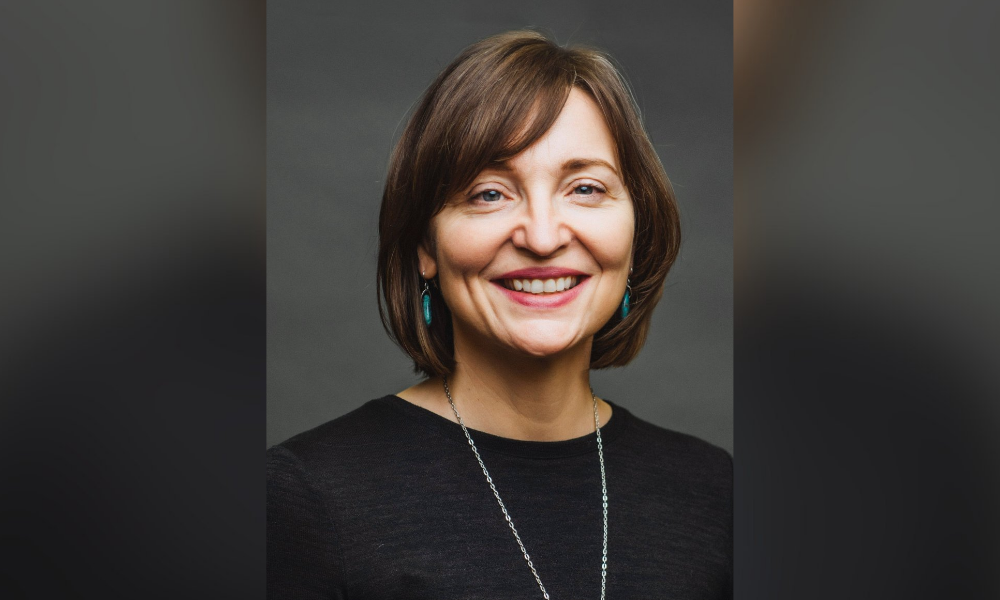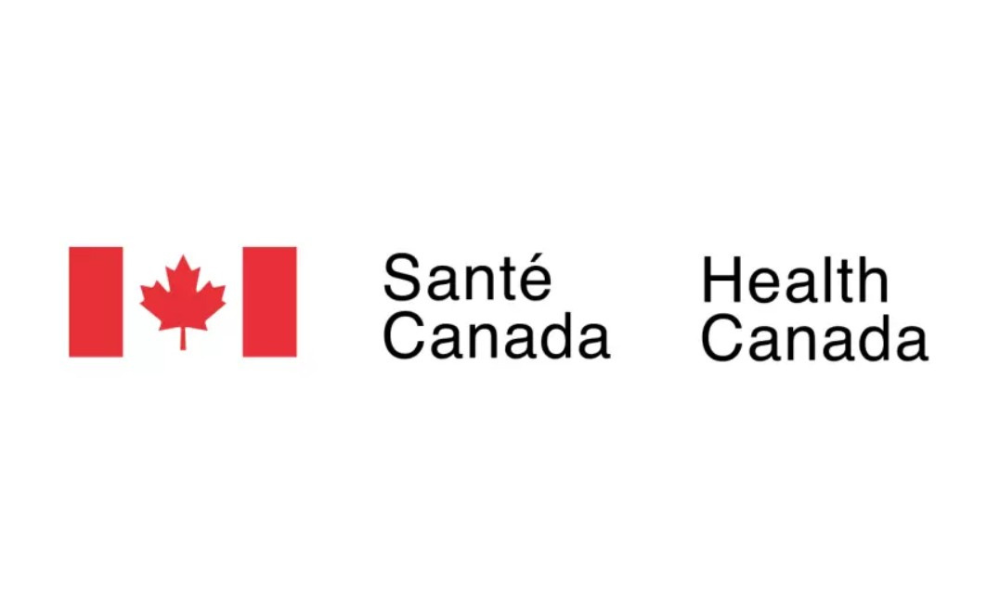How OHS officers can tailor approach to assist Indigenous workers

The Northwest Territories and Nunavut may have a low number of employees compared to other jurisdictions but with its Indigenous communities, it’s a cultural hotbed.
The Workers’ Safety and Compensation Commission of the Northwest Territories and Nunavut (WSCC) is unique in Canada in that it’s the only organization that spans two jurisdictions with both territories under its remit.
Debbie Molloy, president & CEO, told COS that given the demographics, it makes sense to stay together, despite Nunavut officially separating from Northwest Territories in 1999.
One thing that has evolved over time, says Molloy, is the organization’s focus around being culturally respectful and safe for our Indigenous populations. She says: “We are an organization with a colonial structure, and so we’ve spent quite a lot of time over the last couple of years ensuring that we, internally, are aware and are considering cultural factors when we’re doing our work.”
This involves systematically going through all of our services to make sure that we’re providing things in a culturally safe and respectful way. Before, that was all about language and translation, but this has evolved into what it provides a service.
This includes staff training programs and engagement to better understand and acknowledge the Indigenous cultures and worldviews of the population we serve. Molloy says that they realize that being very bureaucratic, for example, sending forms to injured workers, may not be the best way to work:
“How do we make sure that we’re reacting appropriately and interacting in a way that is culturally safe for injured workers and employers who are trying to engage with us?” says Molloy, “and hopefully we can maybe bring it to the larger system as well.”
WSCC is also building its relationship with local governments. “We’ve been doing a lot of outreach to the different local governments,” says Molloy, so that the organization can learn about the best way to interact with local Indigenous communities.
“It’s changing our conversations and how we do our work, and I’m quite proud of that,” she says. “COVID was definitely a disrupter,” says Molloy. “Our mission is promoting workplace health and safety, providing no-fault insurance to employers, and we care for injured workers. And all of that is to hopefully someday be able to eliminate workplace diseases and illnesses. That’s our vision.”
“COVID has impacted the way we work and some of the work we do,” says Molloy. “A silver lining that I see through COVID is that workplace safety has really risen to everybody’s top level consciousness. We always had to fight for our space in people’s hearts and minds.”
“But with COVID,” she says, “perhaps employers and workers who really weren’t thinking that much about workplace safety have been able to do that during the pandemic.”
“It’s often easier with big employers, because chances are you’ve already got internal folks who are focused on health and safety. It’s more difficult with smaller employers, this is a new kind of concept.
“That was always a real challenge for us, and we were focused on how we provide more resources to small employers? How do we get to some of these remote communities so that we can have some face-to-face interaction with them?”
“We cover safety legislation and workers’ compensation under our umbrella. On the safety side, pre-COVID we has spent lots of time in communities all over the North. There was a lot of travel and visits with employers and inspections. And of course COVID shut all of that down.
Suddenly we weren’t able to do that regulatory piece in the same way that had done it previously. And so I’m quite proud of how the organization really took a hard look right at the beginning [of the pandemic] and we shifted almost immediately,” she says.
Aside from the cultural specificities, the unique geography of the territories also comes into play. Due to the vastness of the landscape, remote work and isolation are common. In Canada, the further North you go, the colder it gets in the Winter. Workers in Nunavut and the Northwest Territories are more exposed to extreme cold. Conversely, parts of Northern Canada are also above the Arctic Circle and experience “midnight sun” in the summer. In these conditions, heat exposure is a concern for workers.
With enforcement more difficult, the organization focused on engagement and providing lots of helpful information to workers and employers. “We spent lots of time on the phone – we probably engaged with more employers than we ever had previously, because we were doing it remotely,” says Molloy.
With the pandemic, remote health care became a possibility, though it took some time at the beginning, says Molloy: We brought all of our [injured] workers back to their home communities – that was the priority when COVID hit. Because with health care in the North, we’re very often sending injured workers out for treatment.”
“And we also have many workers who may be working at a remote site – their home is actually not in the territory; it might be in some other province. And for them, the thought was how do we get them access to services now that health care is completely inundated,” she says.
It was trying to keep them as safe as we could, and if we could do things remotely, we did things remotely.
And though remote became a possibility, there were struggles with connectivity:
“Internet connectivity continues to be a challenge in the North, especially in smaller, more remote communities,” says Molloy. “We had to get creative with that.”





